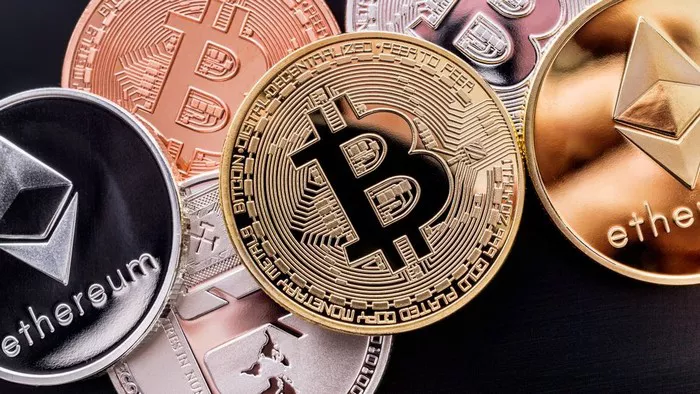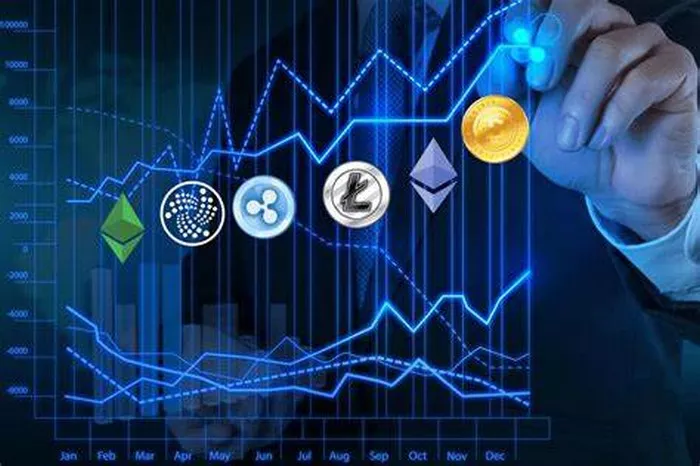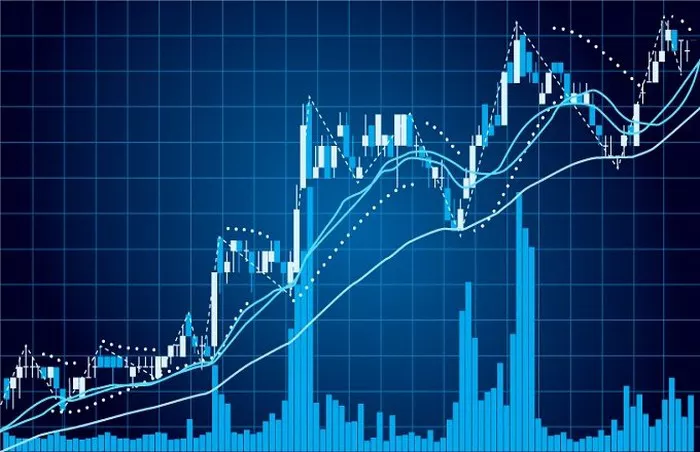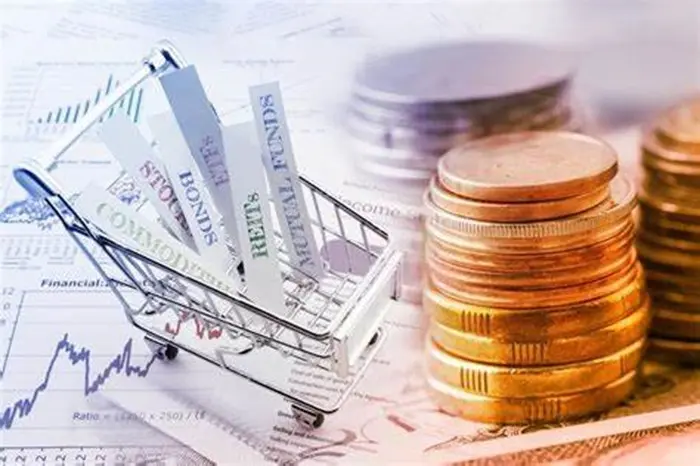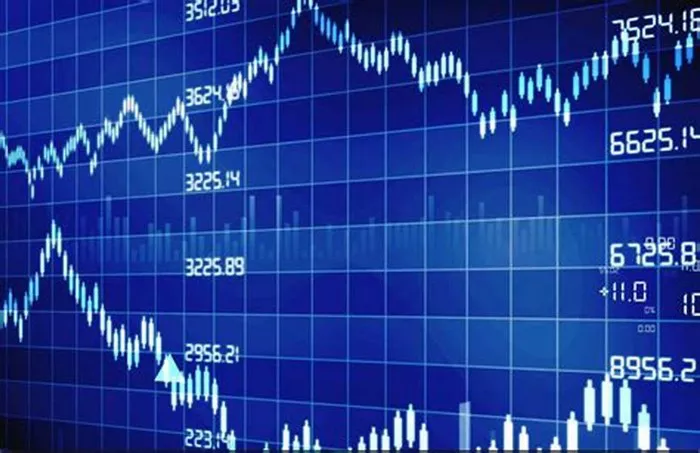Inflation and recession fears have intensified under President Donald Trump’s tariff actions, sending major stock indexes into correction territory in March. But that’s not all. Consumer confidence has fallen to multi-year lows, and CEO confidence is falling sharply as planning for the future becomes more difficult.
Analysts are growing more pessimistic as the second quarter approaches.
“The expected consequences of Trump’s Tariffs 2.0 policy have tempered our prior optimism and temporarily dimmed our base case outlook for a prosperous 2020s,” senior analyst Ed Yardeni wrote in a note Monday. He lowered his year-end target for the S&P 500 to 6,100.
Meanwhile, Goldman Sachs cut its three-month target for the index to 5,300, a potential 5% drop from current levels.
For concerned investors, Deutsche Bank AG noted three risks to watch in the quarter ahead.
How will countries respond to US tariffs?
Trump has been calling April 2 “Liberation Day” because it is the day Washington will impose reciprocal tariffs on countries it deems to be engaging in unfair trade with the United States. The size of the tariffs has been a focus of market attention, causing the S&P 500 to rise and fall over the past week as the narrative changes.
Banks such as Goldman Sachs have warned that tariffs will be higher than the market expects given that they are a negotiating tool. Trump could raise tariffs in a more aggressive scenario if countries retaliate against US products. Deutsche Bank said an “escalating spiral” in the trade war is the main risk.
However, there are benefits if tariff policy becomes more predictable.
“Recovery does not necessarily require the removal of tariffs, just as it does not require inflation to return to target by the end of 2022. Instead, it requires greater certainty so that investors can better understand what will happen in the future,” Deutsche Bank noted.
Will the consumer weaken?
Consumer confidence data has fallen to a four-year low, but hard data has not yet shown a downturn. Nonfarm payrolls remain strong through 2025, and weekly jobless claims show no signs of deteriorating.
Last week, Bank of America cited more bright spots, such as strong credit card spending and rising air traffic data.
However, if weak market sentiment triggers a pullback in consumer spending, recession anxiety could deal a new blow to the market.
Yardeni said this situation could become a problem in the third or fourth quarter as tariffs force American consumers to scramble to buy goods. Warm weather should also stimulate consumption, and once consumers start spending again later this year, the economy will show weakness.
As for the second quarter, analysts will focus on March employment data, which is scheduled to be released on April 4. wrote. Payrolls below 100,000 would indicate a hard landing for the economy and would cause the S&P to hit a new low in April, wrote Bank of America strategist Michael Hartnett.
Will inflation persist?
The small rise in the personal consumption expenditures index last week was enough to cause market turmoil ahead of the tariff date.
Yardeni noted that CFO confidence that inflation will remain low is declining, and he raised his PCED inflation forecast for this year to 3.0% to 4.0%.
This adds pressure on the Fed’s decision-making in the coming months. Slowing economic growth and rising inflation are the basis for stagflation, which is one of the most difficult problems a central bank can face.
But there is a bright side:
Deutsche Bank noted: “One potential advantage now is that with the sharp rise in market inflation expectations, downside surprises are more likely now because the baseline has risen. Downside inflation surprises have led to large gains in stocks in the past few years as investors digested further central bank rate cuts.”
Related topics:


